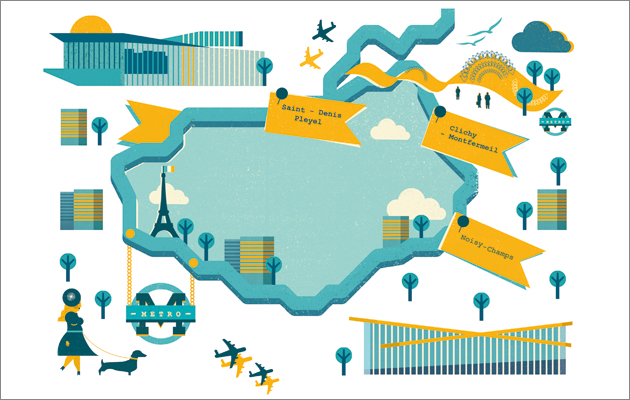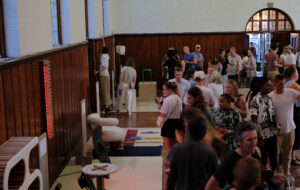|
|
||
|
The expanding boundaries of the French capital are providing fertile ground for top architects, writes David Michon Come 1 January 2016, the Métropole du Grand Paris will come into existence with the aim of tackling urban planning, housing and economic development in the capital region more efficiently. But work on building a forward-looking transit infrastructure has been underway since 2010, under the management of the Société du Grand Paris – and it’s no modest project. Four new transit lines, and the extension of two others, are planned, involving building 72 new stations – a grand plan, with architecture to match. Next year, SGP will announce the winners of six more architectural competitions to build some of these new stations, but some major names have already been commissioned, under the consultation of esteemed French architect Jacques Ferrier: Kengo Kuma, EMBT, Elizabeth de Portzamparc and Dominique Perrault are all slated to design new rail and metro stations. A few will be “emblematic stations,” says Isabelle de Calan, who is responsible for architectural design consultation from the SGP side. But, she says, “We don’t choose a project, we choose a team … We ask for architectural intensions.” Track records of successful public architecture projects and good working methods are key to making for successful partnerships with the cities and territories that make up Grand Paris (which will have a combined population of almost seven million). And a truly public architecture is what these stations will seek to achieve. Kuma’s Gare Saint-Denis Pleyel, a set of stacked glass-and-steel wedges, will incorporate two floors of retail and food and drink, several terraces, and be surrounded by a massive plaza. Likewise, EMBT’s Clichy-Montfermeil metro station is flanked by a public plaza, and Portzamparc’s proposal of a wood interior gives a sense of warmth not usually found in the transport sector. |
Words David Michon
Illustration Christina Hagerfors |
|
|
||


















